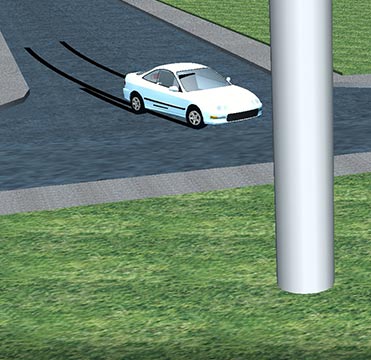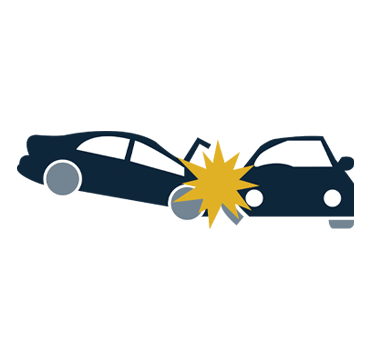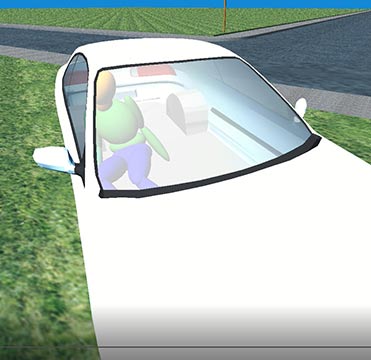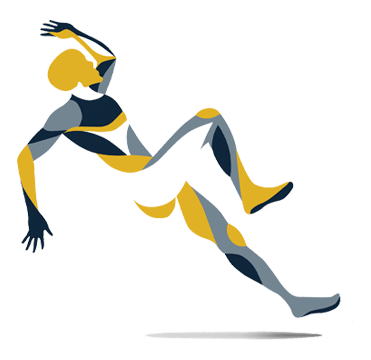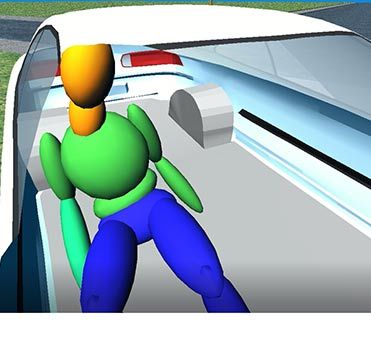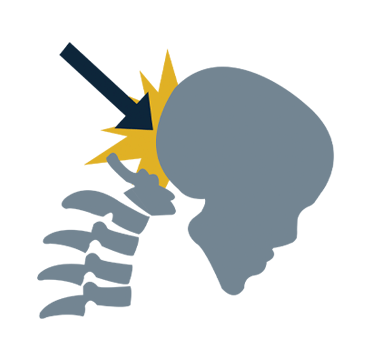Collision Reconstruction
The forensic biomechanics experts TLS FORENSIC Engineering will complete a timely analysis of injury causation resulting from vehicular accidents (automotive, motorcycle, trucking), slip and falls, falling objects, industrial and recreational accidents.
When the incident involves one or several automobiles, TLS FORENSIC engineers will reconstruct the accident based on testimony, police reports or on-site inspection and experimentation. Using physics-based accident reconstruction software, our engineers draw on a large database of car and truck physical properties and deformation information to examine the various forces that were at work. Whether it is a pedestrian, a driver or an occupant of a vehicle, TLS FORENSIC’s accident reconstruction is only the beginning of an investigation that flows seamlessly into a biomechanical simulation. We reconstruct not only motor vehicle, auto and traffic collision accidents, but also offer bicycle accident reconstruction through our expertise in collision stimulation.
At TLS FORENSIC, biomechanics is always the focus, never an afterthought. Our experienced forensic biomechanic experts guarantee successful results as they are motor vehicle crash investigations and auto accident reconstruction specialists.
BIOMECHANICAL SIMULATION AND ANIMATION
Was the injury from an impact, a twist, a crush or a bend?
Is the nature of the injury consistent with the testimony?
When bone breaks or soft tissue tears, the way it is injured is unique to the forces and accelerations that caused it. The characteristics of an injury or a trauma in the medical records and images, such as x-rays, CTs or MRIs, speak volumes about how it happened.
TLS FORENSIC will model the circumstances of your case and provide you with the biomechanical detail you require. Drawing on decades of laboratory testing and scientific literature, we quantitatively assess the mechanism of injury and help you better visualize the contributing factors of each case.
MECHANISM OF INJURY AND TRAUMA
TLS FORENSIC uses state-of-the-science technology to quantify the loads acting on the body from external sources, such as falls or collisions with automobiles. We recreate the scene of the accident using physics-based simulation software and accurately calculate the internal biomechanical loads within the muscles, ligaments and other soft tissues.
Were the forces and accelerations sufficient to cause the injury or trauma in your case? Our simulation will tell you.
TLS Forensic uses the state-of-the-science software packages Human Vehicle Environment (HVE; Engineering Dynamics Corporation) and Graphical Articulated Total Body (GATB; Collision Engineering Associates) to simulate vehicle collisions, occupant biomechanics and pedestrian biomechanics. HVE is the industry standard in collision & accident reconstruction and simulation and has been validated against staged and real-world collisions (Day, 1999; Day, 1994).
The biomechanics acting on people in the collision, the vehicle occupants and pedestrians, are simulated with GATB software module within the HVE package (Grimes, 1997; Cheng et al, 1998). Virtual human models (really, virtual crash test dummies) represent each person involved in a collision to simulate the physics induced on their body segments.
Cheng H, Rizer AL, Obergefell LA. 1998. “Articular Total Body model version V: User’s manual,” Human Effectiveness Directorate, Crew Survivability and Logistics Division, Wright-Patterson AFB, Dayton, OH, Report No. AFRL-HE-WP-TR-1998-0015
Day T. 1999. “An overview of the EDSMAC4 collision simulation model.” SAE Technical Paper Series No. 1999-01-0102
Day T. 1994. “The scientific visualization of motor vehicle accidents.” SAE Technical Paper Series No. 940922
Grimes WD, Lee FD. 2000. “The effect of crash pulse shape on occupant simulations.” SAE Technical Paper Series No. 2000-01-0460

